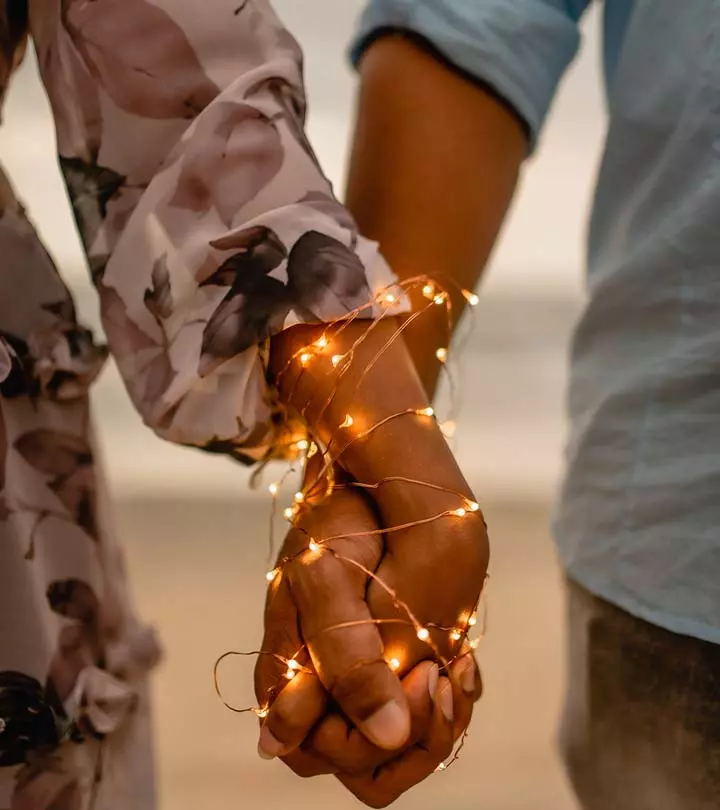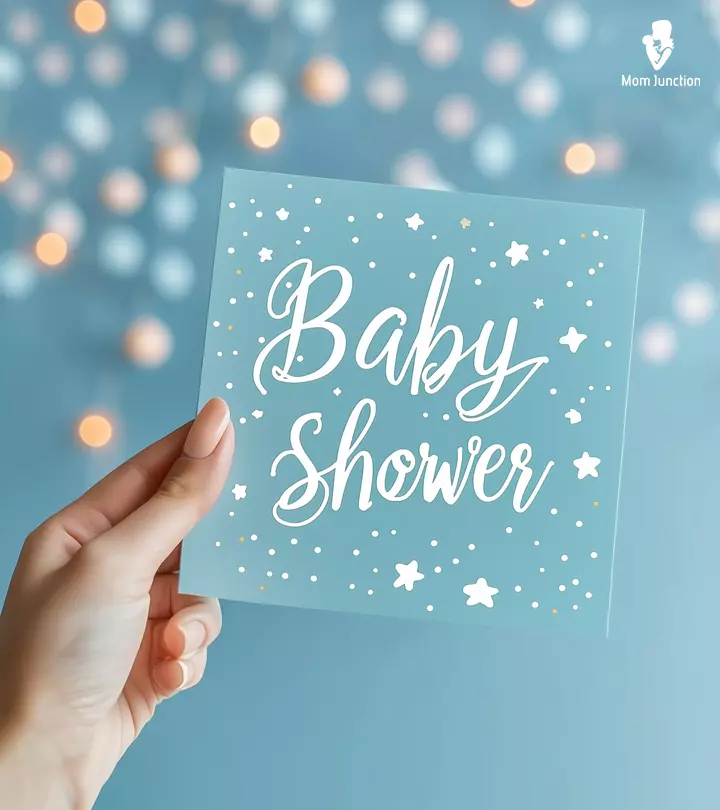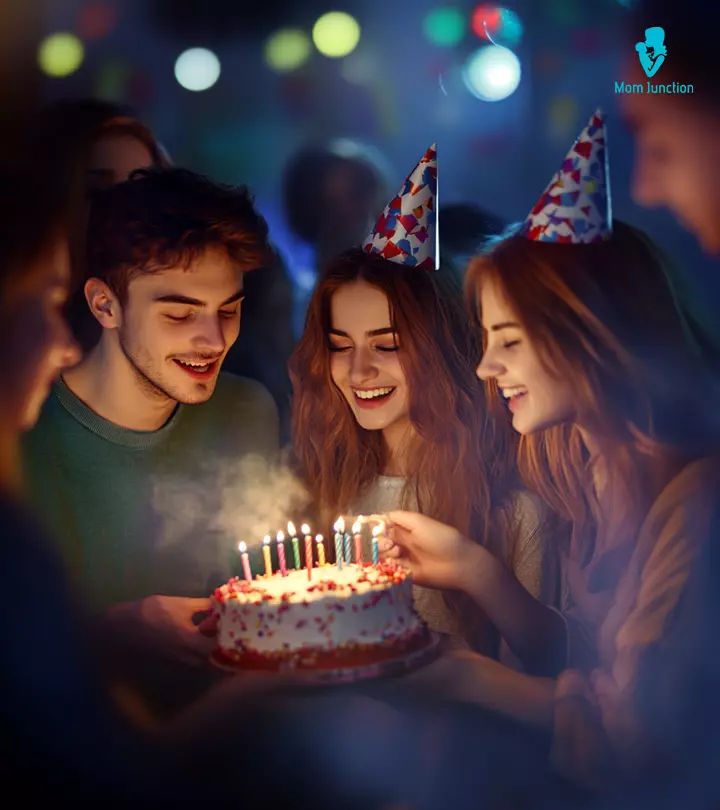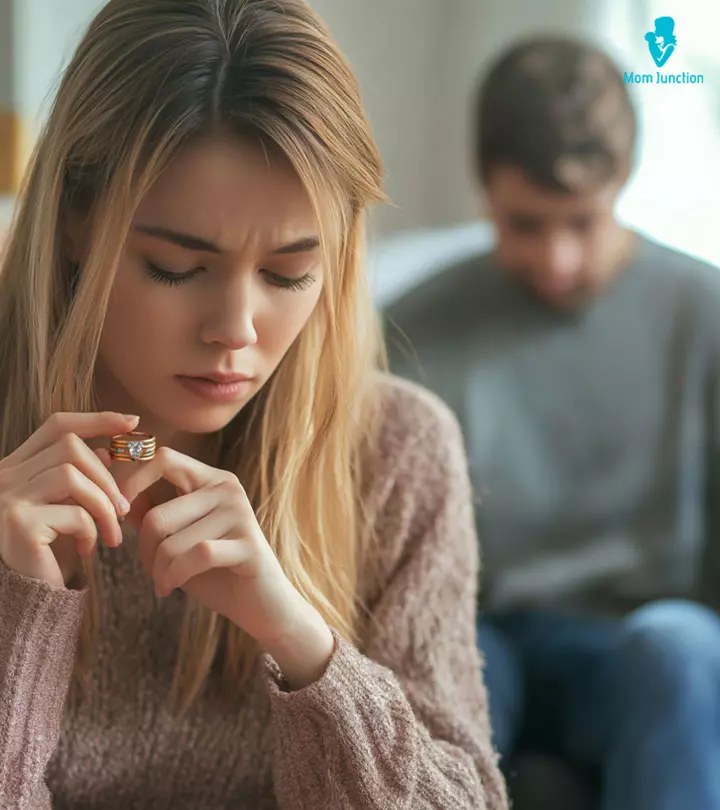
Image: iStock
Love or romance is a complex and mysterious emotion that has captivated the hearts of humans from time immemorial. The concept of romantic attraction is even more fascinating as it delves into the psychology and biology behind why we are drawn to certain individuals and find them irresistible.
In this post, we get deep into the factors that play a role in romantic attraction, from physical attraction to emotional connection and everything in between. Read on to learn more about this powerful force that plays an important role in our lives.
Key Pointers
- Multiple factors, including physical appearance, personality, and shared interests, can influence romantic attraction.
- This type of attraction can coexist with other forms, such as platonic or emotional attraction.
- Having clarity about the kind of attraction you feel for the other person is essential.
- Communicating openly and honestly about your feelings with the one you are attracted to can help.
What Is Romantic Attraction?

Romantic attraction is characterized by feelings of warmth, euphoria, and strong affection for another person prior to establishing closeness (1). You admire them and cherish every opportunity you get to be around them. It typically encompasses a longing for closeness and intimacy with another person, and may include feelings and the desire for a romantic partnership.

Feeling romantic attraction is completely different from platonic or sexual attraction. This is because it does not end with a physical attraction or an emotional bond; it is a combination of both along with feelings of intimacy and commitment. This kind of adoration can be experienced toward one or more people and manifest differently for different individuals. It is considered to be an essential aspect of romantic relationships.
Examples of romantic attraction include:
- Wanting to spend time with them
- Feeling of strong passion, connection, or chemistry with them
- Feeling a sense of longing or yearning when they are not around
- Obsession about them
What Causes Romantic Attraction?
Romantic attraction towards someone is not just caused due to physical appearance or genetics. It can also be influenced by several emotional and psychological factors, such as common interests, shared values, and a sense of deep connection and ardor. People are often drawn to those who they feel understand and can relate with them in terms of experiences, thoughts, and feelings.
Social and cultural factors also play a role in influencing the type of romantic attraction people can feel. These factors determine whether one chooses passionate love over partners chosen for them, that is, love vs. arranged marriages; whether one’s culture demands monogamy or polygamy; and which kinds of physical traits are more culturally appealing (weight, the color of skin, height, waist-to-hip ratio, age difference, and so on). Romantic attraction can also be based on whether one is familiar with the person or shares similarities with them. Attachment style (anxious, avoidant, disorganized, and secure) is also a major determining factor for someone feeling romantic attraction toward a prospective partner (8).
The feelings of care and concern for another person, known as “attachment,” can play a significant role in the development of romantic attraction. The security, trust, and comfort that come with attachment can be powerful motivators for people to pursue and maintain romantic relationships. Furthermore, feelings of care, devotion, concern, and mutual support can also help to strengthen the bond and deepen the feelings of attraction.
 Research finds
Research findsWhat Are The Signs Of Romantic Attraction?

Feeling an electric spark of connection, a burning desire and infatuation for another person, and a craving for affection are the very essence of a romantic attraction. It might feel like love at first sight. However, it can be tricky to pinpoint this attraction as everyone’s approach to relationships is unique (3).
- Feeling that the loved one is unique: When you have romantic feelings for someone, it is common to almost idolize them and feel that they are unique and special compared with others. This can include the feeling that the person is one-of-a-kind and irreplaceable.
- Thinking obsessively about the person of interest: You may often find yourself thinking about the person a lot and even obsessing over them. This can include a continuing fascination and constantly wondering what they are doing or what they are thinking.
- Flirting: A common sign of romantic attraction, flirting can include making playful comments, physical contact, or sending suggestive messages. It is a way of expressing one’s interest in the person and trying to initiate a romantic connection.
- Giving compliments: Complimenting is a way of expressing one’s admiration and appreciation for the other person. When you have romantic feelings for someone, you may often shower them with eulogies as a way of expressing your affection and interest toward them. In a blog post directed to her partner, Abby Silva describes how his expression of admiration for her made her fall harder for him. She says, “The first time you took me to dinner with your friends and you held my hand for most of the evening, talking with them and looking at me from time to time. Whispering, ‘You look so pretty tonight’ into my ear. You didn’t hide your feelings for me for one second, and I thought, ‘Wow, this is what a man looks like.’ You weren’t ashamed of showing how you were feeling, or about displaying public affection. You made me feel special the whole time, and I really appreciated it (i).”
- Depending emotionally: Being too attached and seeking their approval for everything symbolizes emotional dependency. One often tends to feel that they need the other person in order to be happy and feel lost and lonely when they are not around.
- Feeling nervous or excited around the person: When one has romantic feelings for someone, they may often feel nervous or excited around them. This may manifest as extreme enthusiasm and delight, butterflies in the stomach, blushing, or having a racing heart.
- Changing your priorities: One may prioritize their relationship over other things, such as hobbies or friendships. This can also manifest as being more willing to make sacrifices for the loved one or re-arranging their schedule to fit in time with them.
How Does Romantic Attraction Work?

A swirl of hormones, psychology, and societal influences come together to create the captivating experience of a romantic attraction (4),
- Being in close proximity to one another, which helps set the stage for physical attraction to flourish.
- Familiarity breeds fondness as you get to know and understand each other.
- Shared values and goals can bring a sense of unity and understanding to a relationship.
- Trust and respect can increase attraction, as they are the foundation for any healthy relationship.
 Point to consider
Point to considerHow Does Romantic Attraction Differ From Sexual Attraction?

Romantic attraction fundamentally refers to the emotional connection one feels toward another, symbolized by love, endearment, and commitment. It is a desire to form a romantic relationship and interact with the person you are attracted to.
Sexual attraction, on the other hand, refers to the desire to have physical and sexual contact with another person. It is a desire to engage in sexual activity with someone and is often characterized by feelings of desire, lust, and physical attraction (5).
What Are The Different Types Of Attraction?

Attraction can also be a combination of these feelings. Attraction can be positive or negative, and it can be experienced differently by different people (5) (6).
- Sensual attraction: The physical attraction or desire one feels towards another person. This can include an appeal to someone’s appearance, scent, or touch and can be a component of romantic or sexual attraction.
- Emotional attraction: This type of attraction is based on the emotional connection and the desire to know the other person, with an emphasis on personality rather than physicality.
- Platonic attraction: a non-romantic or non-sexual attraction to someone, typically a close friendship or companionship.
- Spectrum attraction: Some individuals may have an interest or preference towards individuals who fall on different points of the gender and sexual orientation spectrum.
- Aesthetic attraction: This type of attraction is based on the appreciation of the beauty of the person.
- Sexual attraction: This is based on sexual desire and physical chemistry between two people.
- Romantic attraction: It involves feeling a strong romantic and emotional connection with someone and a desire for a romantic relationship with that person.
 Quick tip
Quick tipFrequently Asked Questions
1. Is romantic attraction real?
Yes, romantic attraction is considered to be a genuine and valid experience. Romantic interest can lead to the formation of romantic relationships and can also be an essential aspect of intimacy.
2. How long does romantic attraction take to develop?
The time it takes for a romantic attraction to develop can vary greatly depending on the individuals involved and their specific circumstances. For example, some people may feel attracted to someone immediately, while it may take others longer to develop feelings.
3. Can romantic attraction fade?
Yes, romantic attraction may fade over time. This can happen for various reasons, such as a change in circumstances, a shift in priorities or values, or a lack of intent and effort to maintain the relationship. Additionally, attraction can also change as people get to know one another better and as feelings of familiarity and comfort grow.
4. How does love work in the brain?
Love, like any other emotion, is a result of complex brain activities. The emotion of love activates several pathways in the brain through the involvement of neurotransmitters. Interestingly, love activates the part of the brain associated with basic needs, such as drinking water and swallowing, indicating that love can be important for humans. About 12 areas of the brain have been found to be involved in releasing hormones and neurotransmitters, including dopamine (the feel-good hormone), oxytocin (love or cuddle hormone), and adrenaline (ignites a sense of euphoria). All these work together to produce a feeling of pleasure and fulfillment (7).
5. What is the difference between romantic and sexual attraction?
Romantic attraction is based on wanting to be with somebody because one loves and cherishes them. This involves wanting to date, support, and be close to them. It involves feelings of attachment and commitment that go beyond physical attraction. Sexual attraction, on the other hand, is based on physical attraction, when someone desires sexual contact with a person they find attractive.
6. How can I tell if I’m romantically attracted to someone?
When you want to physically be around someone at all times, care for them, support them, and do acts of service for them, you may be romantically attracted to them. You may find their personality, imperfections, opinions, and mannerisms lovable, and you may also want to kiss, cuddle, and be intimate with them. You may also want to spend quality time with them and feel complete and happy with them.
Romantic attraction can be a beautiful and unique experience, and what one person finds alluring, another may not. But differentiating this type of attraction from the others and being clear about your feelings for the person by understanding the signs and nuances is the key. Finally, before you contemplate pursuing a romantic relationship, it is important to be forthright about your feelings and know if the other person also has the same attraction for you.
Infographic: Types Of Romantic Orientations
Romantic orientations can exist on a spectrum, and individuals may identify with a combination of orientations or not feel constrained by traditional labels. The infographic below presents a list of various romantic orientations that individuals may identify with. You may save and share it with your friends too!
Some thing wrong with infographic shortcode. please verify shortcode syntaxIllustration: What Is Romantic Attraction? 7 Signs And How It Works

Image: Stable Diffusion/MomJunction Design Team
In this captivating video, embark on a journey to unravel the mysteries of romantic attraction. Explore the depths of human emotions and the enchanting dance of hearts.
Personal Experience: Source
MomJunction articles include first-hand experiences to provide you with better insights through real-life narratives. Here are the sources of personal accounts referenced in this article.
i. How I fell in love with you. https://medium.com/hello-love/how-i-fell-in-love-with-you-4ea9a2b2aead
References
- Guangjie Yuan and Guangyuan Liu; (2025); Mate preference and brain oscillations: Initial romantic attraction is associated with decreases in alpha‐ and lower beta‐band power.
https://www.ncbi.nlm.nih.gov/pmc/articles/PMC8720187/ - Love at First Sight.
https://www.frontiersin.org/journals/psychology/articles/10.3389/fpsyg.2016.01113/full - Brains Do It: Lust Attraction and Attachment.
https://www.researchgate.net/publication/11151468_Defining_the_brain_systems_of_lust_romantic_attraction_and_attachment_Archives_of_Sexual_Behavior_31_413-419 - Towards a Comprehensive Theory of Love: The Quadruple Theory.
https://www.frontiersin.org/journals/psychology/articles/10.3389/fpsyg.2025.00862/full - Asexuality Attraction And Romantic Orientation.
https://lgbtq.unc.edu/resources/exploring-identities/asexuality-attraction-and-romantic-orientation/ - Types of Attraction.
https://www.42ndstreet.org.uk/lgbtq-resources/attraction-sexuality/types-of-attraction/ - What happens in your brain when you’re in love?
https://www.apa.org/topics/marriage-relationships/brain-on-love#:~:text=Additional%20fMRI%20studies%20conducted%20by,a%20euphoric%20sense%20of%20purpose - P. W. Eastwick; (2013); Cultural influences on attraction.
https://psycnet.apa.org/record/2012-32735-008
Discover Romantic Attraction: Signs & How It Works
Watch now to discover the seven signs and psychological causes of romantic attraction. Learn how to spot if you’re truly drawn to someone and deepen your connections.
Community Experiences
Join the conversation and become a part of our nurturing community! Share your stories, experiences, and insights to connect with fellow parents.
Read full bio of Amira Martin
Read full bio of Ipshita Chakraborty
Read full bio of Siddharth Kesiraju
Read full bio of Benidamika J Latam

















